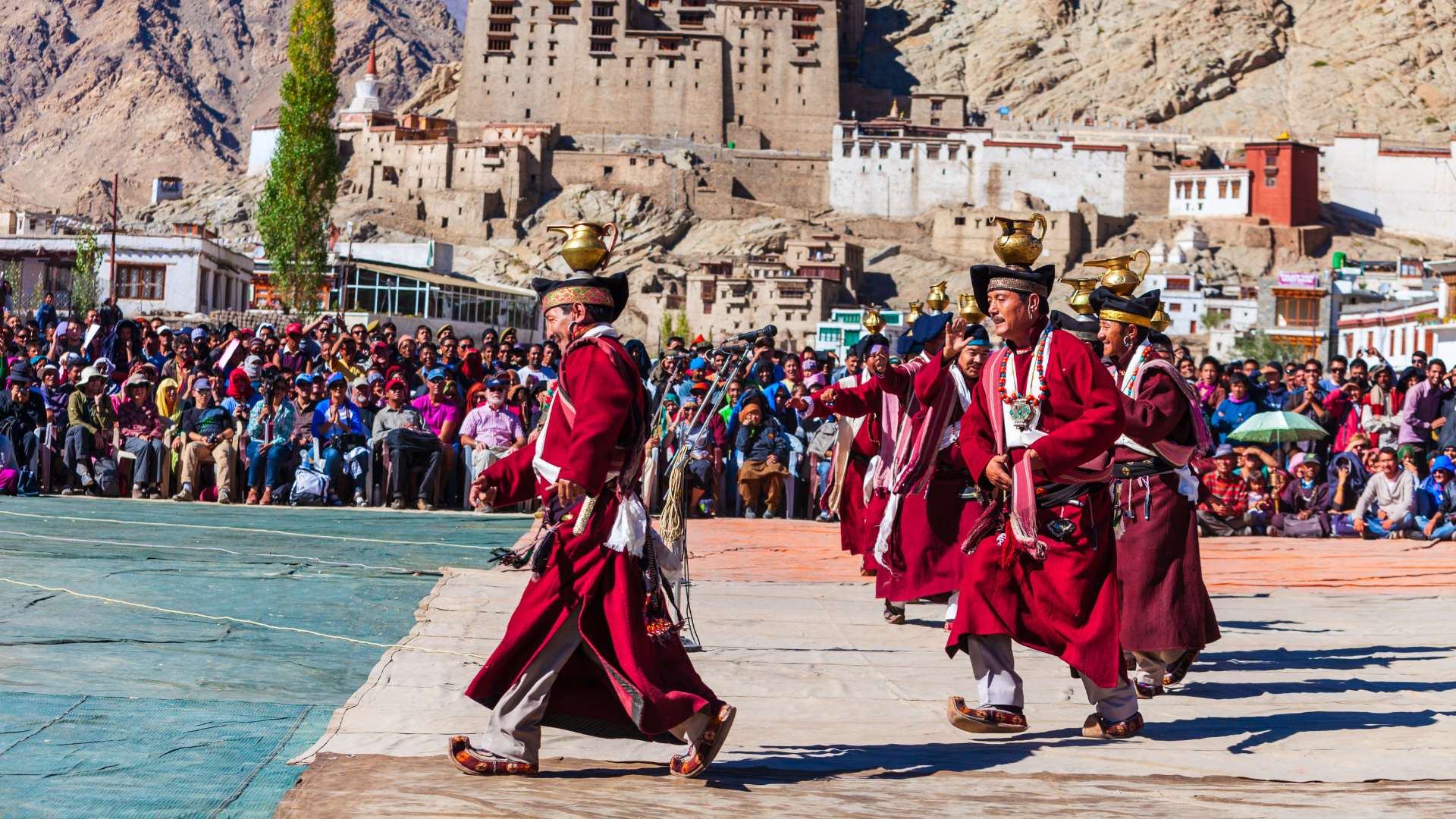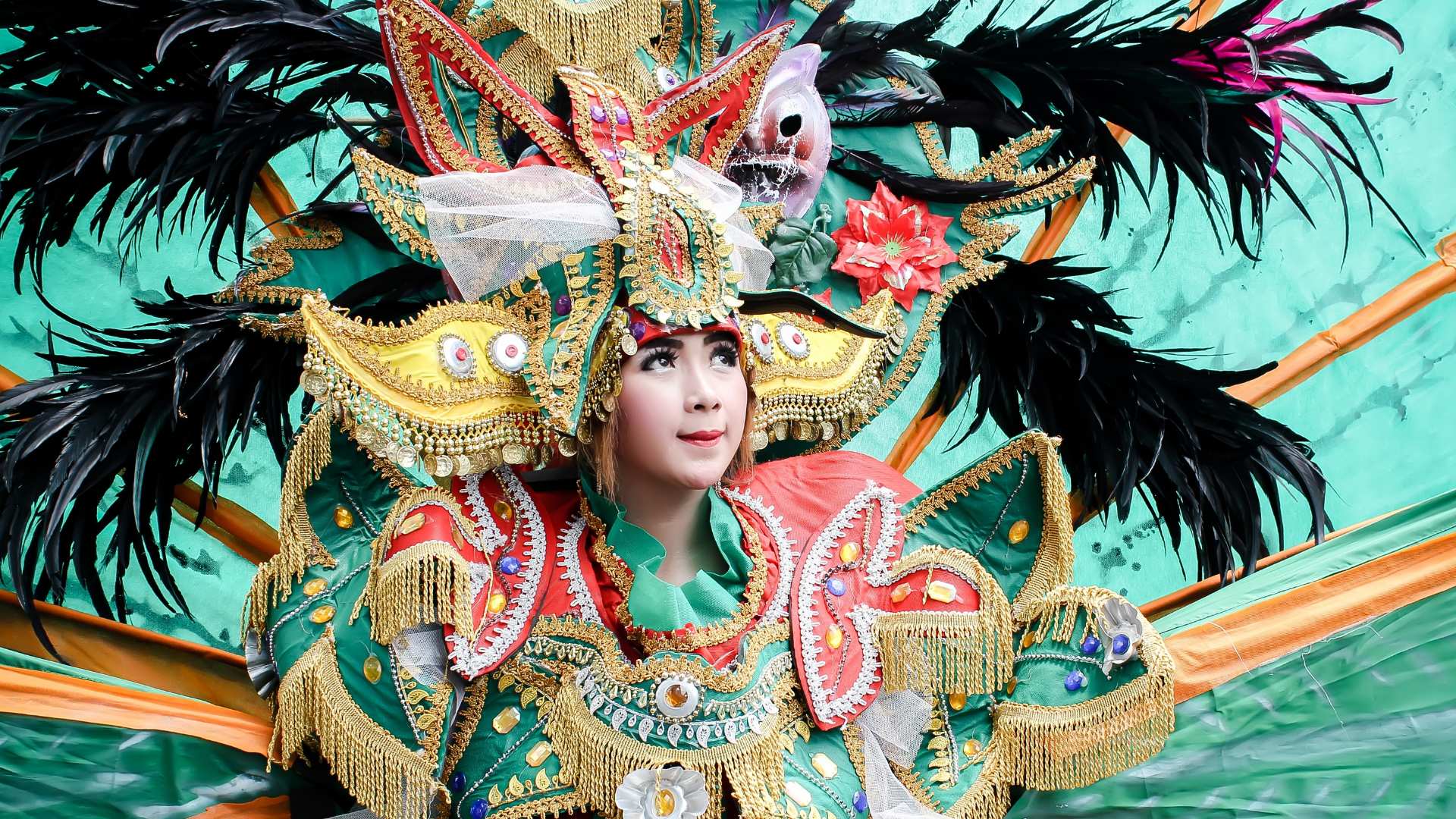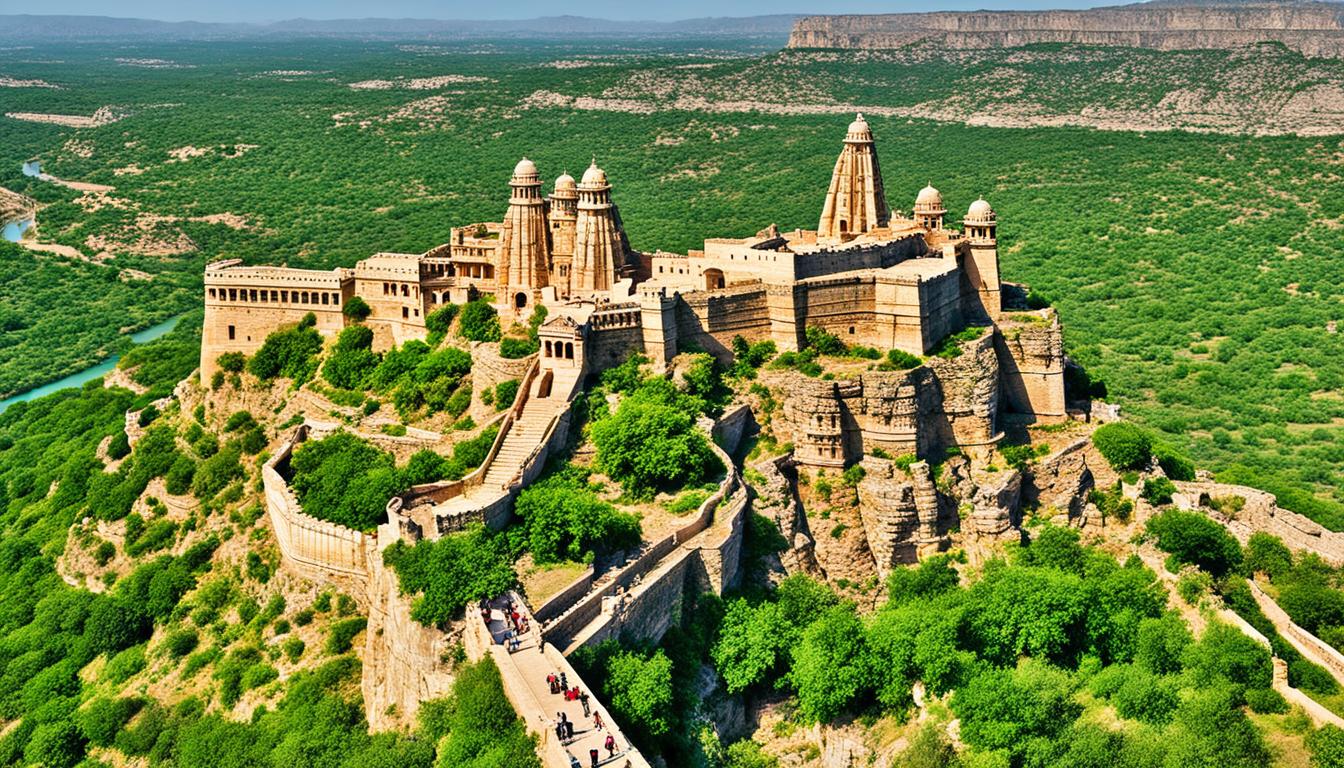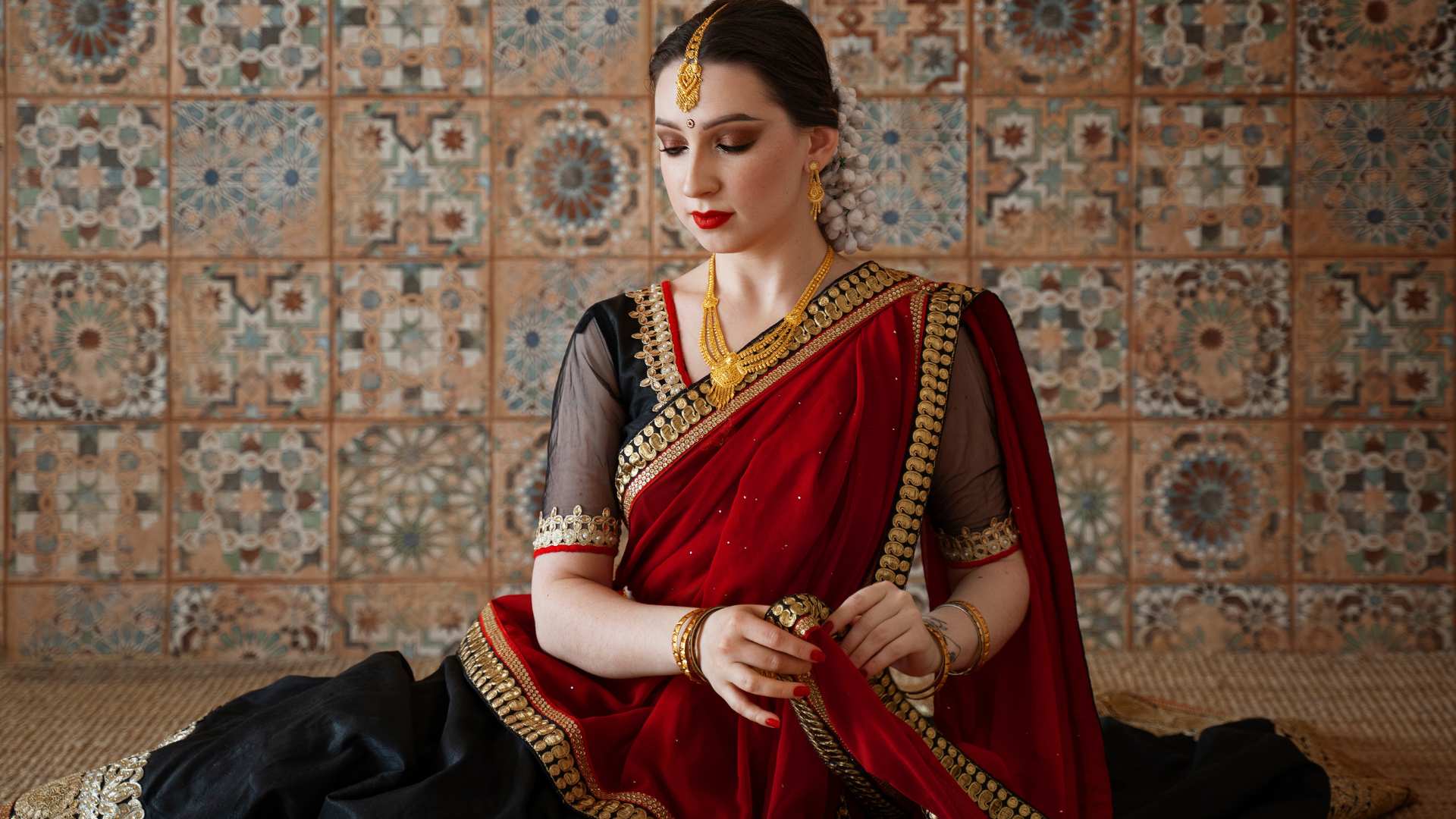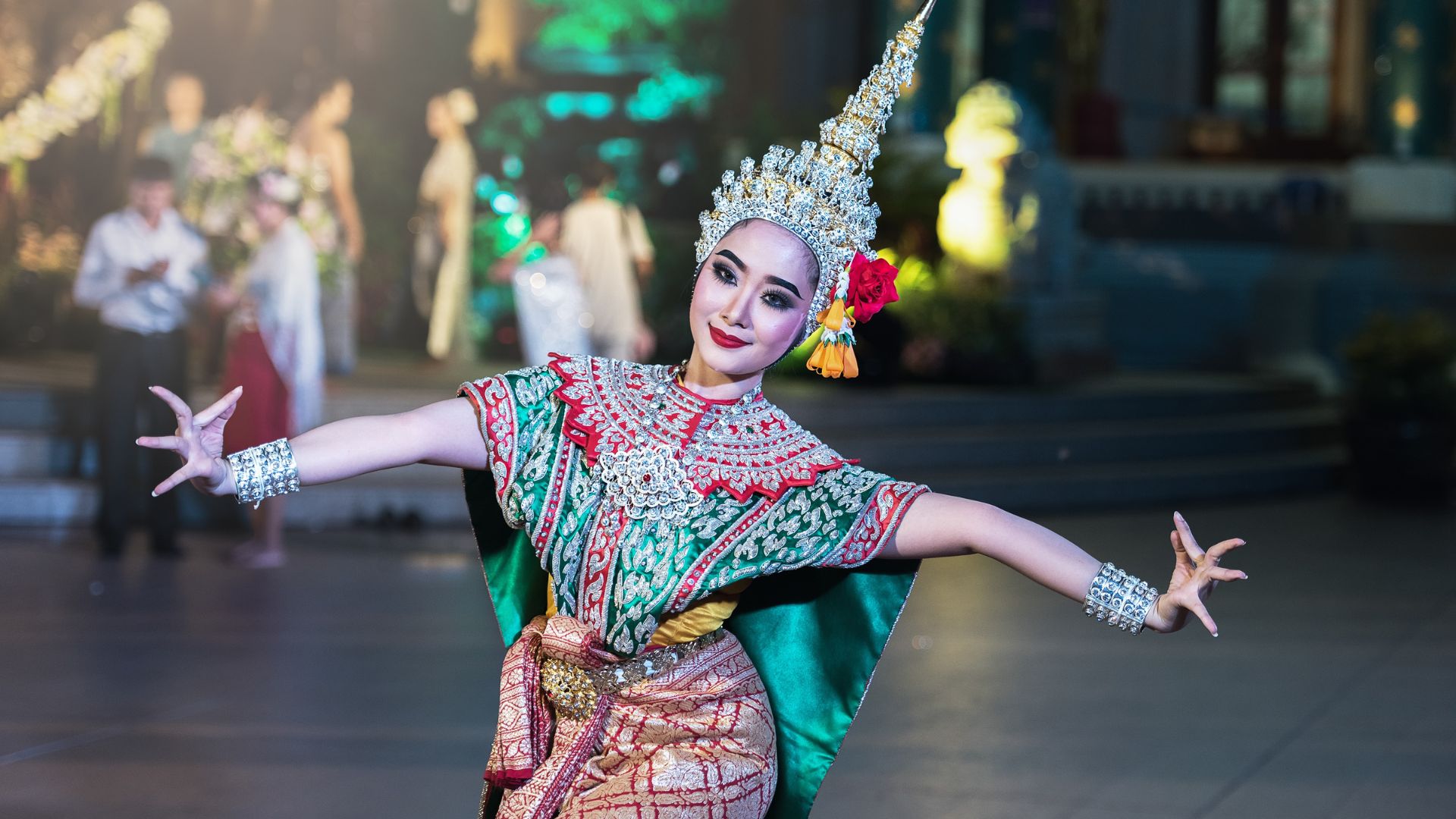Table of Contents
ToggleAs you step into the alluring city of Chittorgarh, you can’t help but feel a sense of awe and reverence. This historic city, nestled in the heart of Rajasthan, is a treasure trove of timeless tales, magnificent fortresses, and captivating cultural experiences. From the iconic Chittorgarh Fort to the serene Gaumukh Reservoir, each destination in Chittorgarh has a story to tell – a story of bravery, resilience, and the unwavering spirit of the Rajput kings. As you embark on your journey through this enchanting city, you’ll be transported to a bygone era, where the echoes of past glories resonate in every nook and cranny. Prepare to be mesmerized by the sheer grandeur of the places to visit in Chittorgarh, and let the city’s rich heritage and captivating folklore leave an indelible mark on your heart.
Top 10 Places to Visit in Chittorgarh
1. Chittorgarh Fort
Chittorgarh Fort, perched atop a 180-meter (590-foot) high hill in the heart of Rajasthan, is a testament to the resilience and valor of the Rajput rulers. This sprawling fort, spread across 700 acres, has witnessed numerous battles and sieges, each leaving an indelible mark on its rich history.
The fort’s grandeur is evident from the moment you step through its seven massive fortified stone gates, known as “pols.” Inside, visitors can explore the remnants of a glorious past, including the Rana Kumbha Palace, the largest structure within the fort, and the iconic Padmini Palace, a 19th-century replica of Queen Padmavati’s abode.
One of the most poignant events in the fort’s history is the three jauhars, where the women of the royal family chose to immolate themselves rather than fall into the hands of the enemy. These acts of supreme sacrifice have become a testament to the unbreakable spirit of the Rajput women.

The fort’s historical significance is further enhanced by the presence of two famous towers: the Vijay Stambha (Tower of Victory) and the Kirti Stambha (Tower of Fame). These towering structures serve as a reminder of the triumphs and achievements of the Rajput rulers who once called this fort their home.
Visitors can also explore the Gaumukh reservoir, a sacred water body within the fort, where they can feed the fish that call it home. The fort also offers a captivating sound and light show in the evenings, providing a unique opportunity to immerse oneself in the rich history and legend of Chittorgarh.
While the fort is free to enter, specific monuments within its walls require a ticket, with prices ranging from 40 rupees for Indians to 600 rupees for foreigners. The government museum inside the Fateh Prakash Palace also has an entry fee of 20 rupees for Indians and 100 rupees for foreigners.
For those seeking a more immersive experience, the fort offers accommodation options, such as the Chittorgarh Fort Haveli, where rates range from 1,500 to 2,500 rupees per night for a double, and the Padmini Haveli Guesthouse, with rates between 3,500 and 4,500 rupees per night, including breakfast.
The restoration and renovation works at Chittorgarh Fort are expected to be completed by 2020, ensuring that this magnificent fortress continues to captivate and inspire visitors for generations to come.
Map:
2. Kalika Mata Temple
Nestled within the grand Chittorgarh Fort, the Kalika Mata Temple is a beloved pilgrimage site for devotees of the Goddess Kali. This 14th-century temple was originally dedicated to the Sun god by Bappa Rawal, but was later transformed into a shrine for the fierce and protective Goddess Kali by Rana Hameer Singh.
The temple’s impressive architecture showcases the intricate prathira style, with ornate carvings and detailed stonework that captivate visitors. Praying at this serene sanctuary is a deeply spiritual experience, as the temple’s connection to the Mori Panwar Clan of Kshatriya Rajputs adds a profound cultural significance.
One of the top attractions in Chittorgarh, the Kalika Mata Temple is a must-visit destination for those seeking to immerse themselves in the region’s rich history and vibrant religious traditions. The temple’s lofty location within the Chittorgarh Fort also offers breathtaking views of the surrounding landscapes, making it a truly enchanting place to explore.

Whether you’re drawn to the temple’s architectural marvels or its spiritual significance, a visit to the Kalika Mata Temple is sure to leave a lasting impression. As you wander through the intricate corridors and gaze upon the striking goddess Kali statue, you’ll be transported to a realm of ancient legends and timeless devotion.
Map:
3. Rana Kumbha Palace
Nestled within the grand Chittorgarh Fort, the Rana Kumbha Palace stands as a testament to the rich history and architectural brilliance of Rajasthan. This massive monument was originally built by Bappa Rawal in 734 A.D., but it was later restored and expanded by the illustrious Rana Kumbha during his reign.
The Rana Kumbha Palace is a true gem, not only for its sheer size but also for the captivating stories it holds. It was within these hallowed halls that the founder of Udaipur, Maharana Udai Singh, was born, and where the beloved poet-saint Meerabai lived and Rani Padmini famously performed the act of jauhar (self-immolation) to preserve her honor.
As you wander through the palace, the spirits of those who have passed seem to linger, adding an air of mystique and intrigue to the experience. The palace’s architectural marvels, including its intricate carvings and expansive courtyards, are a true feast for the senses, transporting visitors back in time to the grandeur of the Rajput era.
Whether you’re a history buff or simply seeking a glimpse into Rajasthan‘s rich cultural heritage, a visit to the Rana Kumbha Palace is a must-do on your Chittorgarh itinerary. With its captivating history, breathtaking design, and haunting ambiance, this palace is sure to leave a lasting impression on all who step through its gates.

To fully immerse yourself in the grandeur of the Rana Kumbha Palace, consider visiting during the winter season or late autumn, when the weather is pleasant and the crowds are typically smaller. The palace is located approximately 6 km from the Chittorgarh rail station and 98 km from the nearest airport, Udaipur airport, making it easily accessible for travelers.
As you explore the Rana Kumbha Palace, be sure to keep an eye out for other notable palaces in Rajasthan, such as the City Palace, Amber Palace, Fateh Prakash Palace, and Umaid Bhawan Palace, all of which offer a unique glimpse into the region’s rich history and architectural heritage.
Map:
4. Meera Temple
The Meera Temple in Chittorgarh Fort is a remarkable spiritual destination that captivates visitors from around the world. Constructed during the reign of Maharana Kumbha, this temple is dedicated to the celebrated Rajput princess and poetess, Meera Bai, who devoted her life to the worship of Lord Krishna.
The temple’s architectural style reflects the Indo-Aryan tradition, with intricate carvings and a unique pyramid-like roof adorned with a towering spire. The interior is equally impressive, featuring sculptures of eight rulers and a statue symbolizing unity across caste divisions.
At the heart of the temple stands a beautiful statue of Lord Krishna, while the neighboring Kumbha Shyam Temple houses a black-colored statue of the divine figure Garuda. The Meera Temple complex also includes a chhatri dedicated to Swami Ravidas, Meera Bai’s spiritual mentor.
The temple hosts the annual Meera Mahotsav, a vibrant festival that celebrates the life and devotion of Meera Bai through special functions and events. Visitors can immerse themselves in the rich history and spiritual atmosphere of this sacred site, where the echoes of Meera Bai’s devotional bhajans still resonate.
With no admission fee and the gates open throughout the day, the Meera Temple in Chittorgarh offers a truly enriching experience for those seeking to connect with the enduring legacy of Meera Bai and the timeless teachings of Lord Krishna.
| Meera Temple Facts | Details |
|---|---|
| Architectural Style | Indo-Aryan |
| Construction Period | During the rule of Rana Kumbha |
| Unique Features | Pyramid-like roof, towering spire, intricate carvings, sculptures of rulers, statue symbolizing unity |
| Temple Complex | Includes Kumbha Shyam Temple and a chhatri dedicated to Swami Ravidas |
| Annual Festival | Meera Mahotsav |
| Accessibility | No admission fee, gates open all day |

The Meera Temple in Chittorgarh Fort stands as a testament to the enduring legacy of Meera Bai and the timeless teachings of Lord Krishna. This architectural marvel, with its captivating blend of history, spirituality, and artistic excellence, continues to draw visitors from around the globe, offering them a truly enriching and memorable experience.
Map:
5. Menal
Approximately 85 kilometers from the historic Chittorgarh lies the captivating destination of Menal. This picturesque locale is home to the renowned Mahanal Temple complex, dedicated to the revered Lord Shiva. Despite being partially in ruins, the architectural grandeur of this temple site continues to captivate and inspire visitors.
The Mahanal Temple complex is not just a hub for religious devotion but also a testament to the region’s rich cultural heritage. Visitors can immerse themselves in the serene ambiance, admiring the intricate carvings and striking stone structures that dot the premises. Adding to the allure of this sacred space is the nearby menal waterfall, which cascades down in a breathtaking display of natural beauty.
Spending a leisurely couple of hours exploring the Mahanal Temple complex and the captivating menal waterfall is a truly enchanting experience. The combination of the temple’s architectural marvels and the natural splendor of the waterfall creates a harmonious blend that captivates the senses and soothes the soul.

Whether you’re a spiritual seeker, a history enthusiast, or simply someone in search of a picturesque getaway, Menal offers a unique and unforgettable experience. Its timeless charm, cultural significance, and natural beauty make it a must-visit destination for anyone exploring the wonders of Chittorgarh.
Map:
6. Fateh Prakash Palace
Nestled within the majestic City Palace complex in Udaipur, Rajasthan, the Fateh Prakash Palace stands as a testament to the region’s regal heritage. This early 20th-century palace exudes an aura of opulence, boasting traditional Rajasthani architecture, ornate interiors, and a captivating view of the serene Lake Pichola, offering visitors a truly regal experience.
Built during the reign of Rana Fateh Singh, the palace’s Rajasthani-style corridors and pillars are renowned for their intricate wall paintings that depict tales from the region’s rich history between the 17th and 19th centuries. In 1968, a significant portion of the palace was transformed into a museum, housing an extensive collection of artifacts, sculptures, and wooden idols, including rare pieces like the Ambica and Indra statues from the post-medieval period.

The museum’s highlights include a large idol of Lord Ganesha from the 8th-9th century, brought from Pangarh, and a diverse array of wooden idols from Bassi village. Visitors can also admire the palace’s royal furniture, such as dining tables, dressers, bottles, and sofas, as well as the impressive weapons section showcasing helmets, knives, shields, axes, and uniforms of the Rajput soldiers.
| Key Facts about Fateh Prakash Palace | Details |
|---|---|
| Construction | Constructed during the reign of Rana Fateh Singh |
| Architecture | Rajasthani-style with corridors, pillars, and intricate wall paintings |
| Museum Conversion | A significant portion was converted into a museum in 1968 |
| Museum Collection | Artifacts, sculptures, wooden idols, including rare Ambica and Indra statues |
| Noteworthy Exhibits | 8th-9th century Lord Ganesha idol, wooden idols from Bassi village |
| Other Exhibits | Royal furniture, weapons section with helmets, knives, shields, and more |
| Location | Situated within the Chittorgarh Fort, a UNESCO World Heritage Site |
| Visiting Hours | 10:00 am to 4:30 pm, closed on Fridays |
| Entry Fee | Applicable, except on Mondays |
| Recommended Visit Duration | 2-3 hours |
The Fateh Prakash Palace, nestled within the renowned Chittorgarh Fort, invites visitors to step back in time and immerse themselves in the grandeur of Rajput history and culture. With its impressive collection of artifacts, sculptures, and royal furnishings, the palace-turned-museum offers a captivating glimpse into the region’s rich past, making it a must-visit destination for history enthusiasts and cultural explorers alike.
Map:
7. Maharani Padmini Palace
Nestled within the historic Chittorgarh Fort in Rajasthan, the Maharani Padmini Palace stands as a testament to the bravery and legacy of Rani Padmini, a legendary figure in Indian history. This three-storied white marble palace, built in the 19th century, is a captivating destination that offers visitors a glimpse into the life and times of Rani Padmini.
The palace is situated in the southern part of the fort, surrounded by tranquil water bodies that add to its serene ambiance. Rani Padmini’s beauty has been likened to that of Cleopatra, and her story has become a legendary tale in the annals of Chittorgarh’s history.

The Padmini Palace is open from 6:00 AM to 6:00 PM every day, allowing visitors to explore its rich historical significance. This palace is closely associated with the tragic event where Maharana Rattan Singh was killed, and Rani Padmini, along with her entourage of women, committed the heroic act of Jauhar (self-immolation) to avoid capture by the Mughal ruler, Alauddin Khilji.
In addition to the Padmini Palace, Chittorgarh boasts a wealth of other historical and cultural attractions, including the mighty Chittorgarh Fort, the towering Vijay Stambh, the intricate Kirti Stambh, the revered Meera & Kumbha Shyam Temple, the Kalika Mata Mandir, the grand Fateh Prakash Palace, the serene Gaumukh Reservoir, the stunning Jain Temple, the Ratan Singh Palace, and the Kumbha Shyam Temple.
Whether you’re a history enthusiast, a culture connoisseur, or simply seeking to immerse yourself in the rich heritage of Rajasthan, a visit to the Padmini Palace and the Chittorgarh Fort complex is an absolute must. Embark on a journey through time and discover the timeless tales that have shaped the magnificent legacy of Rani Padmini and the Chittorgarh region.
Map:
8. Vijay Stambh
Towering over the historic Chittorgarh Fort in Rajasthan, the Vijay Stambh, or the Victory Tower, stands as a testament to the valor and triumphs of the Mewar dynasty. Built by the illustrious Maharana Kumbha in the 15th century, this nine-story structure offers panoramic views of the surrounding landscapes, narrating the tales of Chittorgarh’s resilience and grandeur.
At a height of 37.19 meters (122 feet), the Vijay Stambh was designed by the renowned architect Sutradhar Jaita. Adorned with intricate carvings and inscriptions, the tower commemorates Maharana Kumbha’s victories over the Malwa and Gujarat kingdoms, as well as the Battle of Sarangpur. The topmost story features an image of the Jain Goddess Padmavati, symbolizing the region’s religious pluralism.

The ascent to the top of the Vijay Stambh is a thrilling experience, with 157 steps leading visitors on a journey through the tower’s nine levels. Each floor offers a unique perspective, allowing visitors to immerse themselves in the rich history and grandeur of the Mewar Empire.
In recognition of its historical significance, the Vijay Stambh has been featured on commemorative stamps released by India Post in 1949. Today, it stands as a cherished landmark, a testament to the resilience and pride of the Rajasthani people, and a must-visit destination for those exploring the enchanting city of Chittorgarh.
Map:
9. Kirti Stambha, Sailana
Nestled within the historic Chittorgarh Fort in Rajasthan, the Kirti Stambha, also known as the Tower of Fame, stands as a testament to Jain architecture and the resilience of the Jain faith. This 12th-century marvel, erected by a Jain merchant named Jeeja Bhagerwala during the reign of Rawal Kumar Singh, reaches a height of 22 meters (72 feet) and is adorned with intricate carvings and statues that depict the Jain philosophy and heritage.
The tower’s lower levels, named Hansh Peeth, Sinha-mukh Thar, Gaja Thar, and Nava Thar, showcase the Solanki architectural style that was prevalent during the time of its construction. Interestingly, the Kirti Stambha is older than the nearby Vijay Stambha, or Tower of Victory, within the same fort, making it a true gem of Jain history and culture.

One of the most striking features of the Kirti Stambha is the abundance of miniature images of Jain divinities within its upper storeys, as well as the presence of Jain inscriptions dating back to 896 AD. These elements underscore the tower’s deep connection to the Jain faith and its enduring significance as a symbol of the community’s triumph over adversity.
Today, the Kirti Stambha stands as a must-visit attraction for those exploring the rich Jain heritage and architectural marvels of Chittorgarh. Its intricate carvings and impressive stature continue to captivate visitors, offering a glimpse into the remarkable Jain architecture that has graced the region for centuries.
Map:
10. Shri Baan Mata Ji Temple
Nestled in the heart of Chittorgarh, Rajasthan, the Shri Baan Mata Ji Temple is a revered Hindu pilgrimage site that holds immense spiritual significance. This massive temple complex is considered second in religious importance only to the Krishna Temple in Nathdwara, making it a popular destination for devotees seeking divine blessings.
The temple’s serene ambiance and sacrosanct halls create an atmosphere of profound peace and rejuvenation. Visitors often find themselves drawn to the temple’s captivating history and the awe-inspiring legends associated with the presiding deity, Baan Mata.
According to historical accounts, the Shri Baan Mata Ji Temple is closely linked to the Sisodiyas, the ruling dynasty of Mewar. The goddess Baan Mata is believed to have evolved from the earlier forms of Amba Mata and Kalika Mata before being established as the patron deity of the Sisodiya clan.

The temple’s name itself reflects the diverse linguistic influences, with various spellings and pronunciations such as Ban, Baen, Bayan, Byan, and Vyana being used in written sources. This linguistic diversity underscores the temple’s deep-rooted connections within the cultural fabric of the region.
Interestingly, the legends surrounding Baan Mata indicate a fascinating narrative of her role in aiding a princess in her marriage to a Sisodiya king. This intriguing story further enhances the temple’s historical significance and the reverence accorded to the goddess by the local community.
The temple’s antecedents, however, remain somewhat obscure, with Baan Mata’s origins linked to both Sanskritic goddesses like Amba and Kalika, as well as local narratives that predate her specific identity. This multifaceted heritage adds to the temple’s allure and the spiritual depth of the Hindu pilgrimage experience it offers.
Whether you seek spiritual rejuvenation, historical exploration, or a deeper connection with the cultural heritage of Rajasthan, the Shri Baan Mata Ji Temple in Chittorgarh stands as a testament to the enduring traditions and the rich tapestry of shri baan mata ji temple and sanwariya ji temple in India.
Map:
Conclusion
Chittorgarh is a captivating destination that seamlessly blends history, culture, and natural wonders. From the majestic Chittorgarh Fort, which spans an impressive 700 acres and dates back to the 7th century, to the serene Meera Temple constructed in the 15th century, this city offers a diverse array of attractions that have the power to captivate and inspire visitors.
Beyond its historic landmarks, Chittorgarh also boasts a rich cultural heritage, showcased through its unique shopping scene, renowned local cuisine, and the warmth of its people. Whether you’re an avid history buff, a nature enthusiast, or simply seeking a glimpse into Rajasthan’s vibrant past, Chittorgarh is a destination that promises to leave a lasting impression.
As you plan your journey to Chittorgarh, be prepared to be enchanted by the city’s resilience, grandeur, and the abundance of places to visit in Chittorgarh. With its well-connected transportation links, range of accommodation options, and diverse experiences, Chittorgarh is a must-visit destination for anyone exploring the beautiful state of Rajasthan, India.
FAQ
1. What are the top places to visit in Chittorgarh?
Chittorgarh is famous for its magnificent forts, grand palaces, and historic temples. Some of the top places to visit in Chittorgarh include the Chittorgarh Fort, Kalika Mata Temple, Rana Kumbha Palace, Meera Temple, Menal, Fateh Prakash Palace, Padmini Palace, Vijay Stambh, Kirti Stambha, and Shri Baan Mata Ji Temple.
2. Why is the Chittorgarh Fort famous?
The Chittorgarh Fort is one of the most famous attractions in Chittorgarh due to its grandeur and the tales of bravery associated with it. The fort has witnessed three jauhars (mass self-immolation) by the women of the royal family and has been attacked thrice by outside forces, but the rulers of Chittorgarh always displayed valiant efforts to protect it. The fort offers a sound and light show in the evenings, which is a must-see.
3. What is special about the Kalika Mata Temple?
The Kalika Mata Temple or Kali Mata Temple is one of the popular places to visit in Chittorgarh because Goddess Kali was the Kuldevi (family deity) of the Mori Panwar Clan of Kshatriya Rajputs. The temple was dedicated to the Sun god in the 8th century by Bappa Rawal and later, in the 14th century, it was dedicated to Goddess Kali by Rana Hameer Singh. The Prathira architectural style used during the construction of this temple is a marvelous sight.
4. What is the significance of the Rana Kumbha Palace?
The Rana Kumbha Palace is one of the most massive monuments in Chittor Fort. This palace was built during the reign of Bappa Rawal, but was restored by Rana Kumbha, which is why it’s named after him. The palace is where Rana Kumbha spent his entire royal life, where the founder of Udaipur, Maharana Udai Singh was born, and where Meerabai lived and Rani Padmini performed jauhar. It’s believed that the spirits of all the people who died here haunt this palace.
5. What is the significance of the Meera Temple in Chittorgarh?
The Meera Temple in Chittorgarh Fort is a sight to behold. It was constructed by Maharana Kumbha and is one of the most popular temples in Rajasthan. This is the place where Meera bai left her royal life and devoted herself to Lord Krishna. The gorgeous carvings on the wall tell the tale of Meera bai and Lord Krishna and the sacrifices they made for each other. Hindus and religious people from all around the world come here to listen to the bhajans written by Meera bai.


